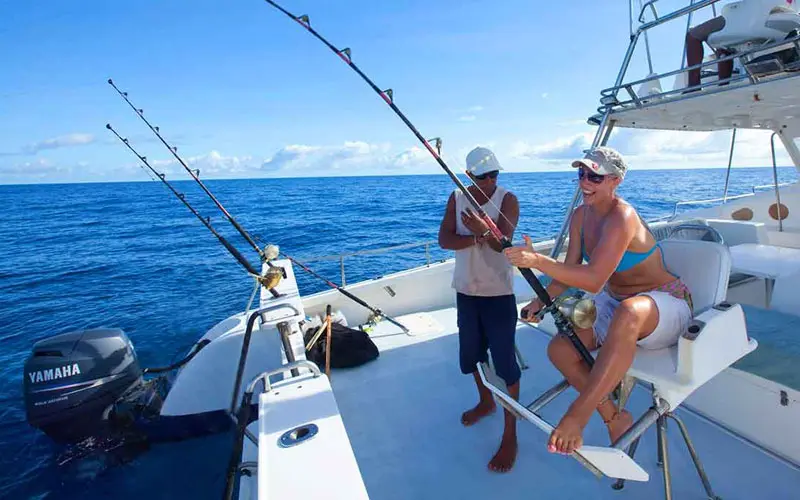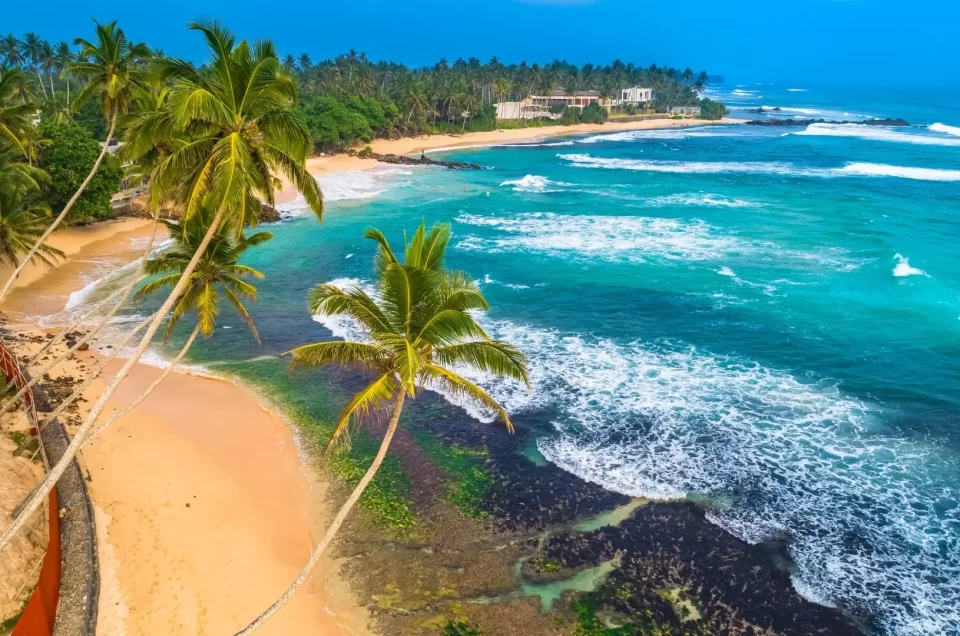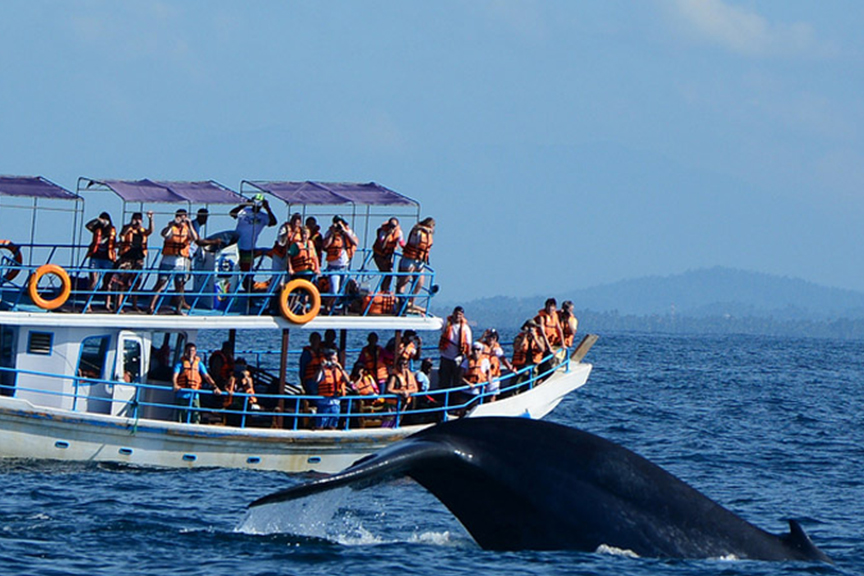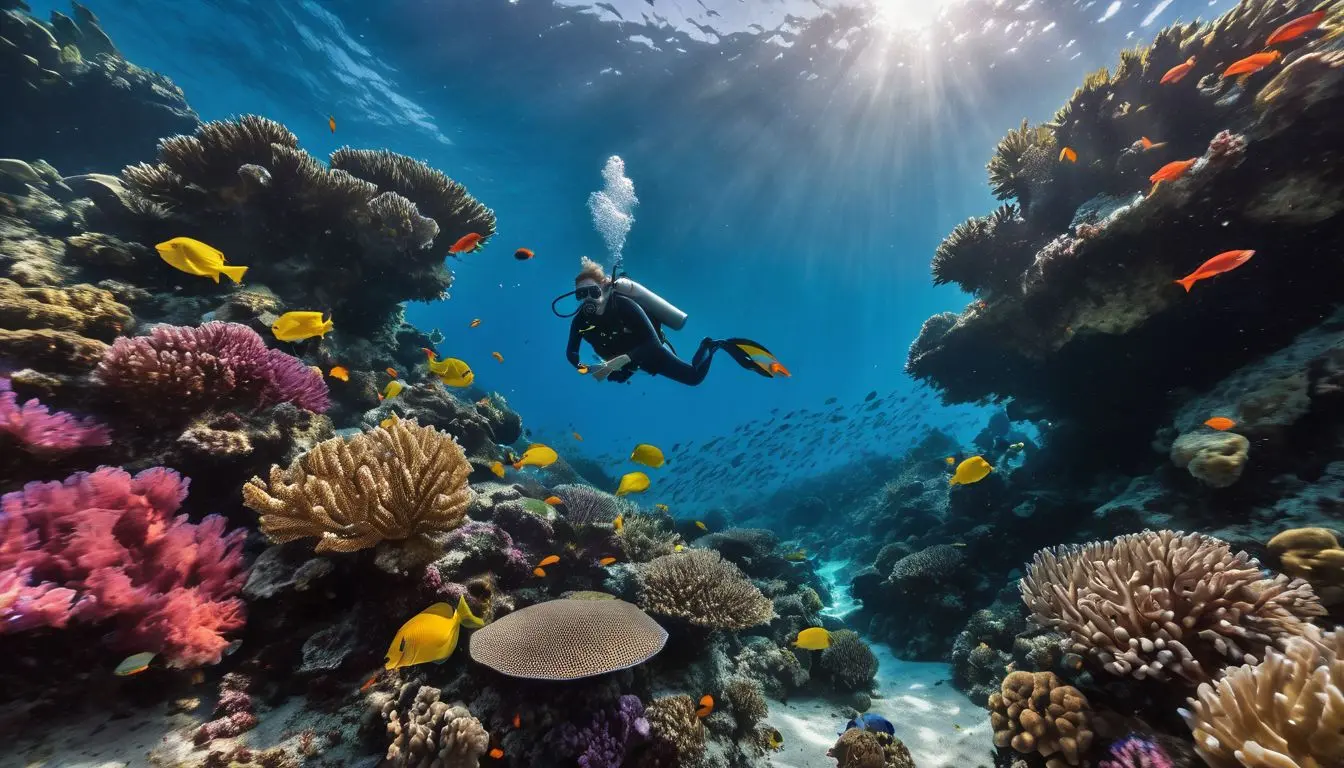
Diving in Sri Lanka offers an unparalleled opportunity to explore vibrant coral reefs, historic shipwrecks, and diverse marine life. With its warm waters and rich underwater ecosystems, the island is a haven for both novice and experienced divers.
The ocean around Sri Lanka whispers of tales bygone, ones of regal maritime visits, of bandits and pirates and journeys of explorers and spice merchants. As you plunge into the warm waters and dive below, these stories come to life. The crystal clear waters of the Indian Ocean with a visibility of 20 meters (65ft) provide perfect conditions for diving. With wrecks as dated as the 18th Century dotting the seas, deep reefs and reef walls provide enthralling explorations for scuba divers. For the less adventurous on-shore coral reefs are ideal for snorkelling. The abundant marine life found around the island is surpassed only at Hikkaduwa in the southern coast where the reef is thought to contain more species of fish than the Great Barrier Reef.
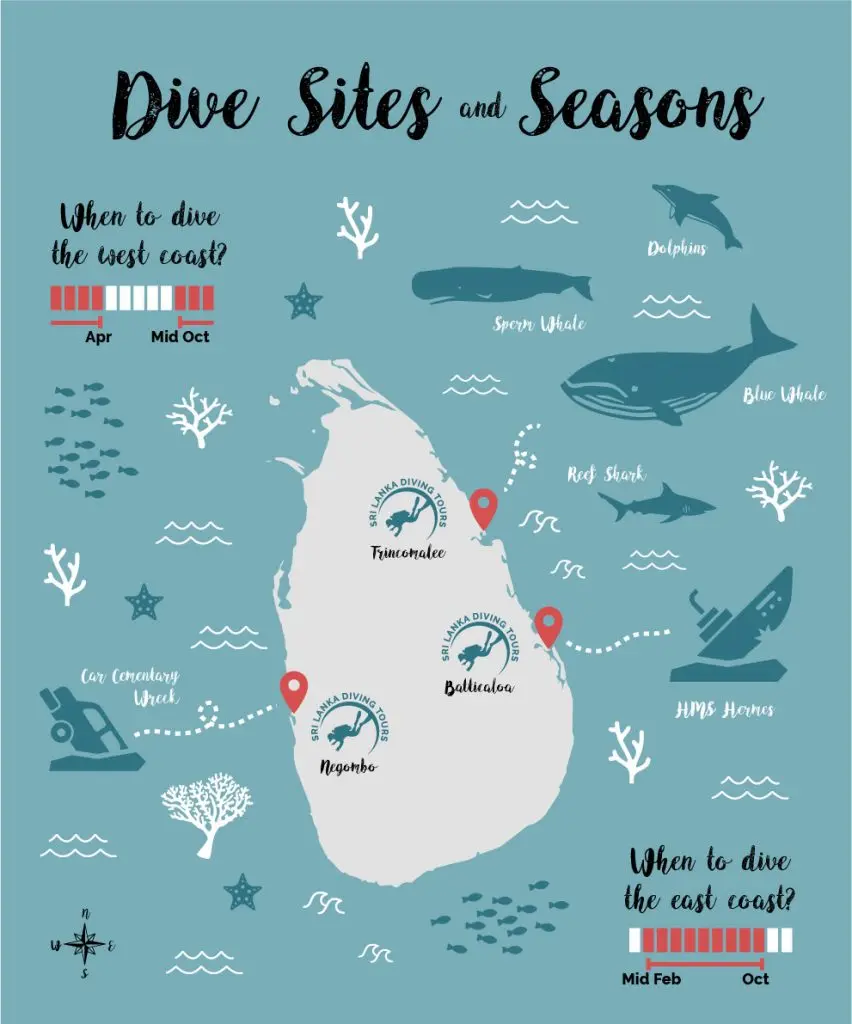
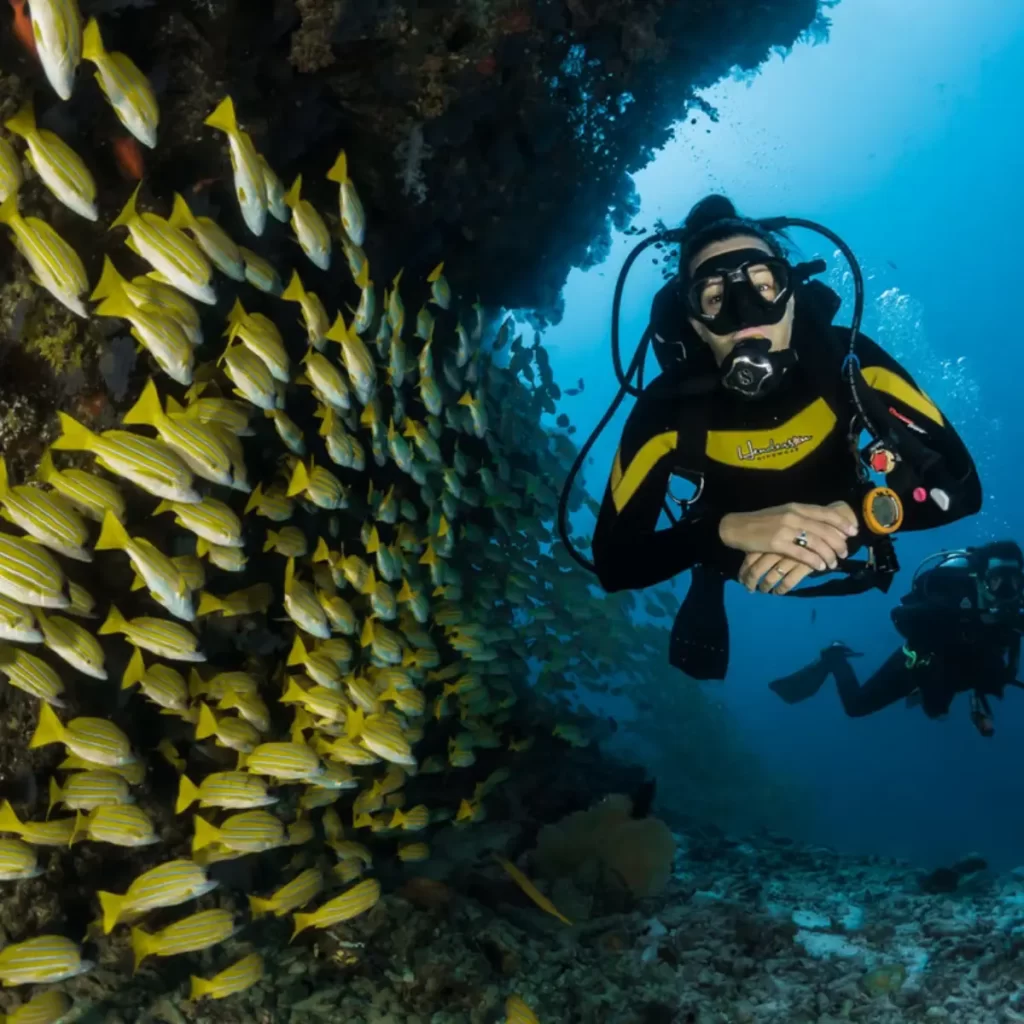
Top Dive Sites in Sri Lanka
Hikkaduwa
Located on the southwest coast, Hikkaduwa is celebrated for its Coral Gardens, which are ideal for divers of all experience levels. Diving here offers encounters with vibrant coral reefs, schools of tropical fish, and graceful sea turtles. The optimal diving season spans from December to April, when sea conditions are calm and visibility is at its peak.
Unawatuna
Near the historic city of Galle, Unawatuna boasts a variety of dive sites, including the renowned Galle Shipwreck. Divers can explore this underwater relic, now a thriving artificial reef teeming with marine life. The best time to dive here is from October to May, aligning with the region’s dry season.
Trincomalee
Situated on the northeast coast, Trincomalee is home to Pigeon Island Marine National Park, a sanctuary for blacktip reef sharks, sea turtles, and a plethora of reef fish. The prime diving season here is from May to October, offering clear waters and abundant marine encounters.
Batticaloa
This eastern coastal city is famed for the HMS Hermes wreck, the world’s first purpose-built aircraft carrier sunk during World War II. Now an underwater museum, it attracts advanced divers eager to explore its depths, especially between May and October.
Kalpitiya
Located on the northwest coast, Kalpitiya is known for its Bar Reef, the largest coral reef in Sri Lanka. Divers can experience shallow reefs bustling with colorful corals, reef fish, and occasional sightings of dolphins and reef sharks. The ideal diving period is from November to April.





Marine Life Encounters
Sri Lanka’s waters are a biodiversity hotspot, offering encounters with:
Sea Turtles: Five species, including the Green and Hawksbill turtles, are commonly spotted, especially in Hikkaduwa and Unawatuna.
Reef Sharks: Blacktip reef sharks are frequently seen around Pigeon Island in Trincomalee.
Whale Sharks and Blue Whales: Occasionally sighted off the coasts, particularly in the deep waters near Mirissa and Trincomalee.
Colorful Reef Fish: Species such as angelfish, parrotfish, and butterflyfish populate the coral reefs across various dive sites.
Diving Seasons in Sri Lanka
Sri Lanka’s diving seasons are influenced by monsoon patterns:
West and South-West Coast (e.g., Hikkaduwa, Unawatuna): Best diving conditions from November to April.
East Coast (e.g., Trincomalee, Batticaloa): Optimal diving from May to October.
This seasonal variation ensures year-round diving opportunities across different regions of the island.
Diving with Ditto Travels
Training: Ensure proper certification before attempting dives.
Health: Be in good physical condition and avoid diving with colds or respiratory issues.
Buddy System: Always dive with a partner for safety.
Environmental Respect: Avoid touching corals or disturbing marine life to preserve the ecosystem.

